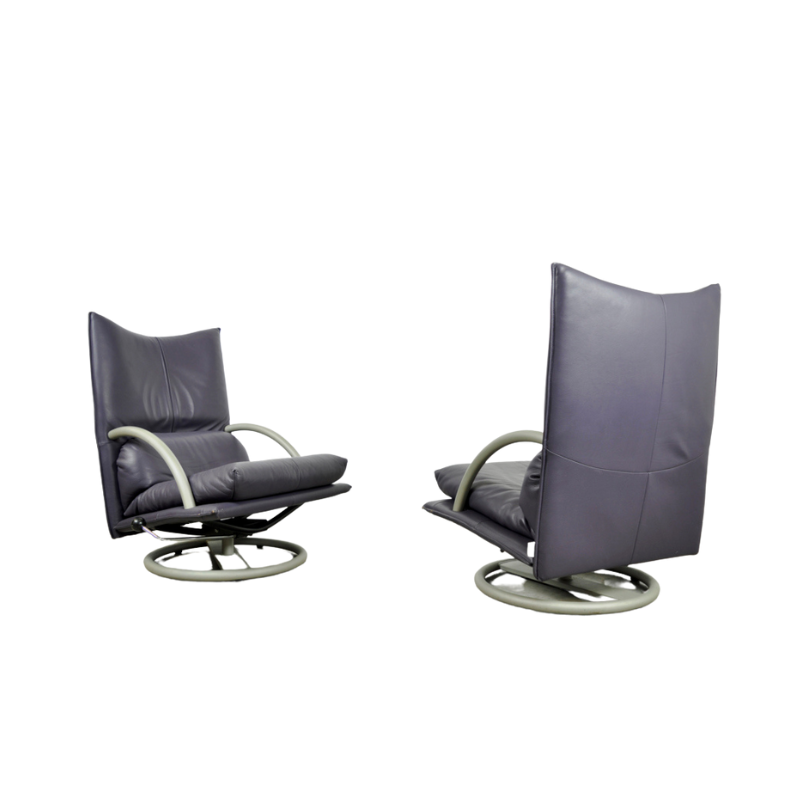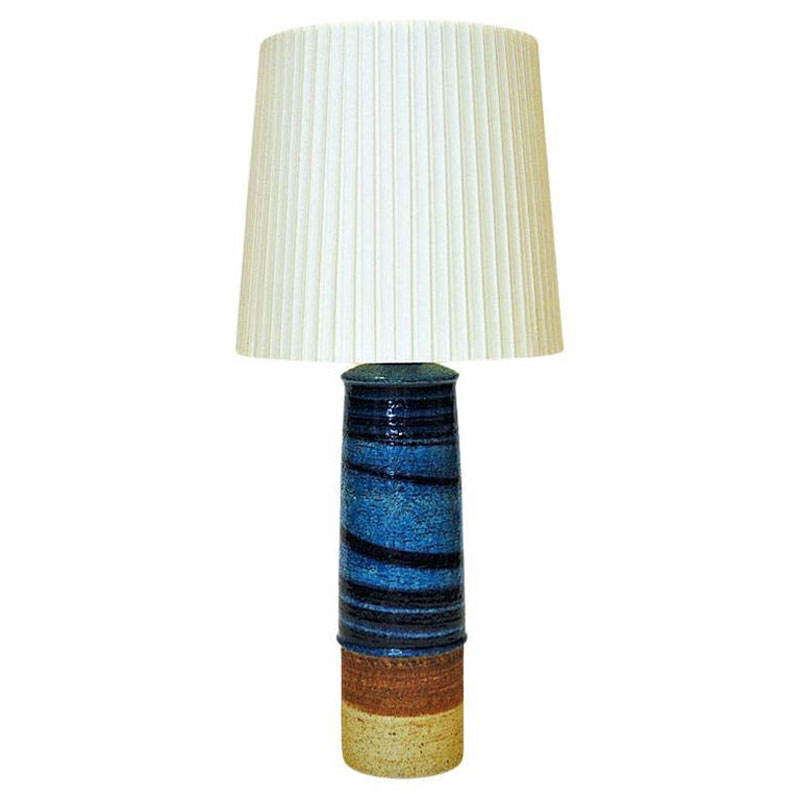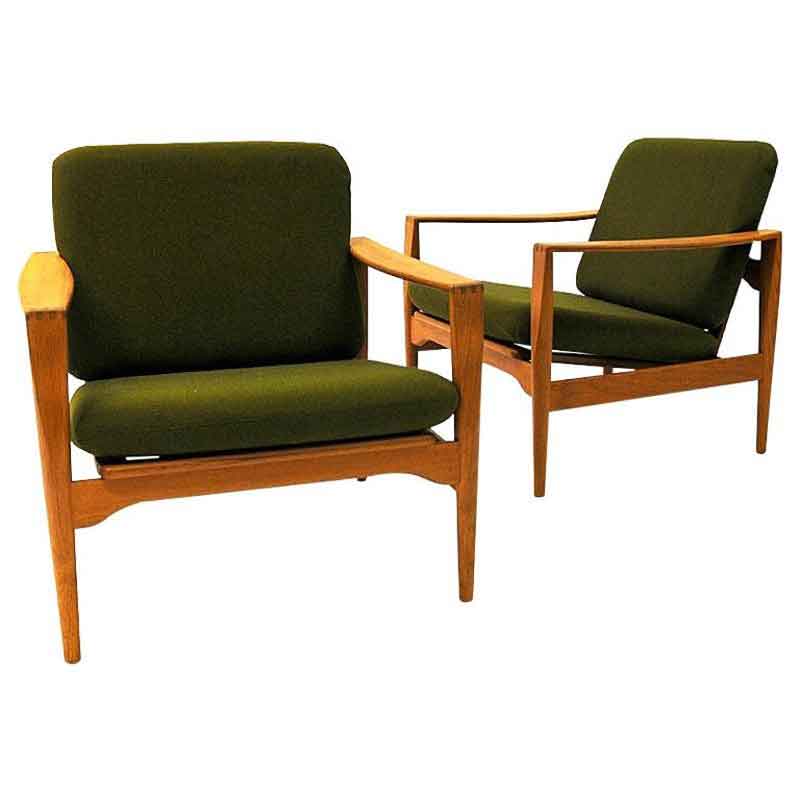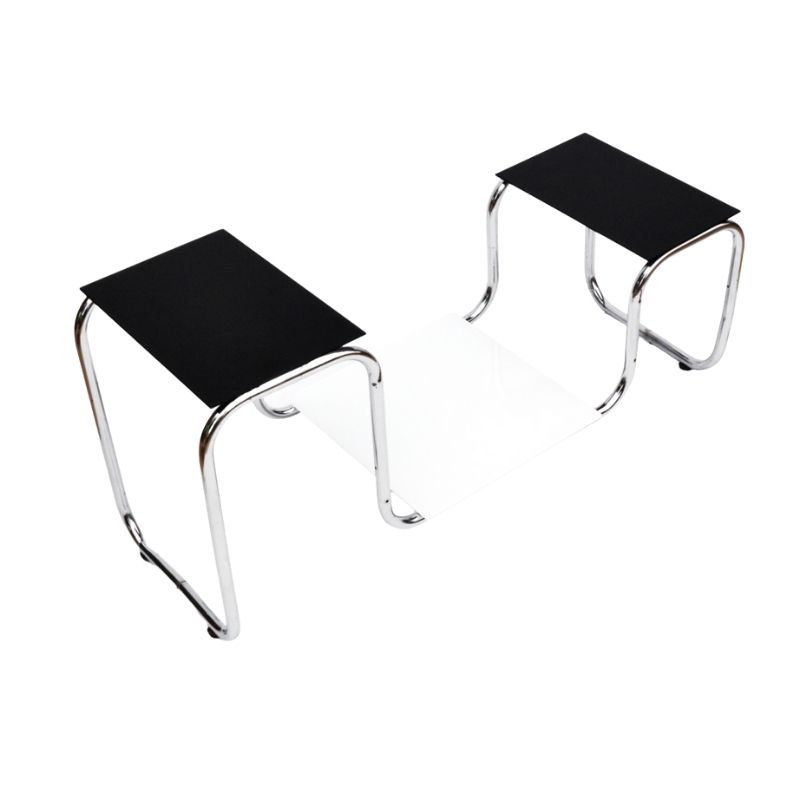I have his book
which I bought because I thought there was something about a lamp designer (whose name escapes me right now). I didn't know his stuff, but he was a fine artist designer of fine handcrafted furniture, a bit like a West Coast George Nakashima.
He will be missed and you should see his beautiful furniture.
For years, Sam Maloof's work
has been at Wright, Christies, Sotheby's, Phillips de Pury, Treadway, Rago, etc.
He is well known internationally.
Perhaps the best thing about Maloof was that as expressive and dramatic his furniture was, his persona was understated:
"He was described by the Smithsonian Institution as "America's most renowned contemporary furniture craftsman" and People magazine dubbed him "The Hemingway of Hardwood." But his business card always said "woodworker." "I like the word," he told a Los Angeles Times reporter, his eyes brightening behind large, owl-eyed glass frames. "It's an honest word.""
NY Times
NY Times piece on Maloof
http://www.nytimes.com/2009/05/27/arts/design/27maloof.html?_r=1&scp=1&s...
The Times
obit mentions that Maloof's chair joinery employed no metal fasteners. Unfortunately for the truth, this quaint notion is merely somebody's idea of what craft SHOULD be, rather than what it CAN be. An illustrated article from an issue of Fine Woodworking, long ago, showed the two long screws which, along with some complex mortise work, secured the rear joint of Maloof's superb chair.
The location of the screws is shown quite clearly in the above photo; while the plugs usually employed to cover the screws was of the same specie as the chair itself, in this case the plugs are of ebony or some other dark material.
The story he told in that article was that he threw his early prototype chair from the second-story window, to test it. It apparently passed. . .
.
It is unfortunate that, even among some woodworkers, as well as the majority of lay consumers, there is an assumption amounting to religion that "the old ways" are superior in all respects to modern practice. One of the manifestations of this fantasy is that joinery is still employed in a way that would make one think modern fasteners and adhesives did not exist, or were not to be trusted -- or that these things somehow spoil "true woodworking." The truth is that old and new can and do work well together -- as demonstrated well in Sam Maloof's chairs.
A friend of mine
once had a really interesting, but odd Scandinavian armchair that was 100% wood. We couldn't find any metal on the chair at all, yet it was sturdy. As I recall, the legs were round and thicker at the foot and the arms were flat. The seat and back were obviously very fine plywood and quite thin and a bit curved. That about all I remember about the chair, except that the seat and back were darker wood then the legs and arms.
All wood; nice, but not exceptionally refined, and not over finished, either.
Another link, with...
Another link, with remembrances of the late Sam Maloof and a short video interview. Most of the tributes, as one might think, tell of his greatness as craftman. Of even greater note, additionally, are those many individuals who relate encounters which convey so very well his graciousness as human being.
*
http://finewoodworking.taunton.com/item/14235/sam-maloof-1916-2009
If you need any help, please contact us at – info@designaddict.com









